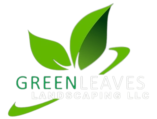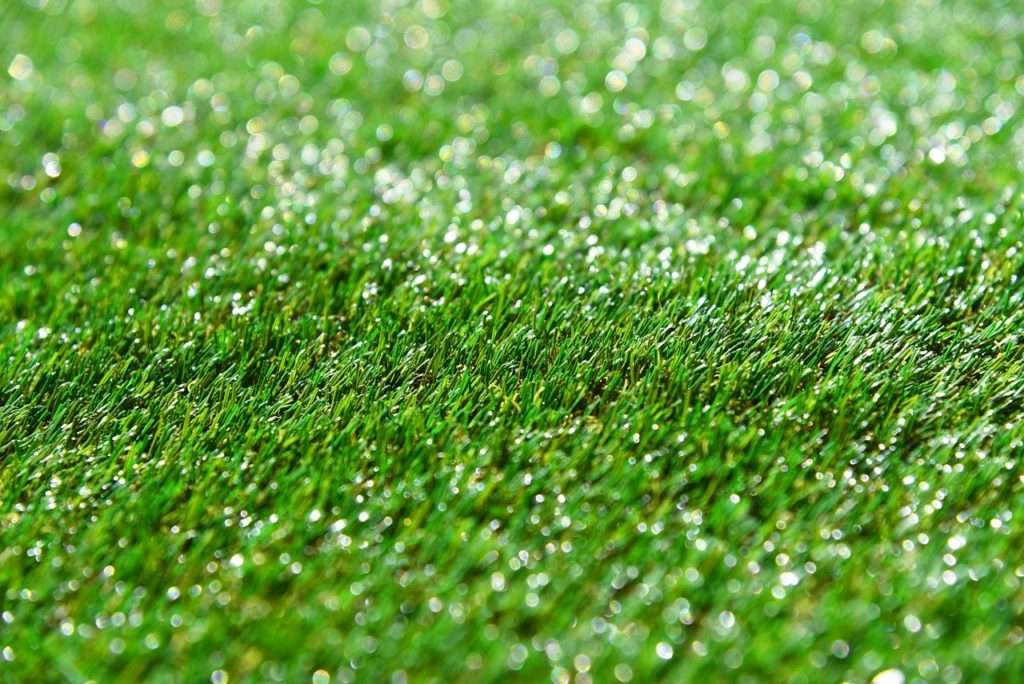
Whether you’re building a new home, renovating your backyard or simply want to add more color to your landscaping, an artificial turf lawn is a great option. It’s eco-friendly, durable and will look just like real grass!
However, you should know that it is important to measure your space properly before you purchase the material. It will make it easier to install and avoid problems later on.
1. An Artificial Turf Lawn Is Eco-friendly
There are many different types of artificial turf that are eco-friendly and have great benefits to the environment. They are long-lasting and low-maintenance, and they also help to cut down on the amount of waste that is sent to landfills.
One of the most important ways that an artificial lawn helps to save the environment is by reducing water usage. This is especially important for areas with droughts, where water is in short supply.
Another way that an artificial turf lawn can benefit the environment is by reducing carbon emissions. Natural grass is a major source of CO2 emissions, which can be harmful to the atmosphere and lead to climate change.
Artificial turf is eco-friendly because it requires less water than real grass, which means that more of the rain is captured in the ground instead of running off into the atmosphere. This reduces the amount of greenhouse gases that are released into the air, making it a great option for those looking to protect the environment and save money at the same time.
2. It Is Durable
When you choose a high-quality artificial turf lawn, you can be confident it will last for a long time. This is because it’s durable and doesn’t fade like real grass.
Another benefit of an artificial turf lawn is that it’s fireproof, and it also doesn’t flood during rains. This makes it great for recreational areas where kids and pets play.
The quality of the fake grass also plays a big part in how long it will last. You can find high-quality synthetic grass that will be able to withstand heavy traffic for up to 2 decades.
The most durable fibers used in artificial turf are nylon and polypropylene. These materials are resistant to damage and heat, but they can also be abrasive. They do fade in direct sunlight, so they aren’t ideal for outdoor applications. The best choice for indoor and shady outdoor areas is polyethylene. It’s softer than nylon, doesn’t cause “turf burn,” and is easy to clean and deodorize.
3. An Artificial Turf Lawn Is Easy to maintain
Artificial turf is an eco-friendly way to save tens of thousands of gallons of water every year. But if you want to keep your landscape looking beautiful and functional, it also needs maintenance.
As with any other part of your home, the amount and frequency of cleaning your synthetic lawn will depend on its traffic and use. The weather and season will also have an effect.
One thing to note is that you may have to clean up a lot of pet waste on your lawn if you have pets, so be sure to inspect and scoop up the poop on a regular basis.
Weeds and pests also have a hard time thriving in an artificial turf lawn, as they don’t have the natural foundation needed for growth. Using a weed killer on your turf on a regular basis is the best way to prevent these pesky critters from growing on your lawn.
4. It Is Affordable
Homeowners who choose artificial turf can save on water bills, lawn maintenance, and the cost of a landscaper. It’s also an eco-friendly choice.
An artificial turf lawn costs about $2 to $6 per square foot, plus tax. The price depends on the type of grass and quality you’re looking for.
The turf itself is available in rolls of 16 or 32 feet. If you need it cut into a custom shape, this could increase your labor costs.
Moreover, the turf material has to be installed correctly, and you may need to install proper drainage to prevent pooling and flooding. This is a time-consuming process that requires the help of a contractor.
The installation process involves excavating the area, compacting it again, securing geotextile weed suppressor, and laying down the base. Then, you’ll need to install infill and edging. This can add up to a significant amount of money, but the results are worth it.

